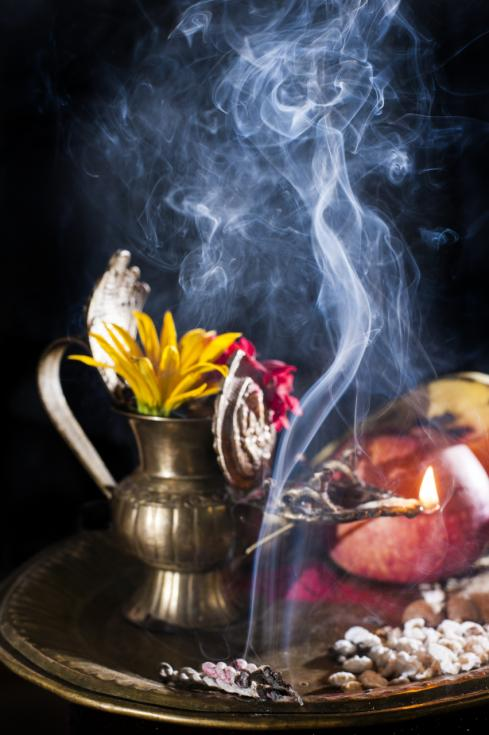A good travel story begins by paying attention to your readers: what they want,need, seek and enjoy. The story line should be unique and targeted. Writing to audience means paying attention to six important questions: Who, What, Where, How, When and Why.
Who are your readers? ECS readers include expatriate residents of Nepal (mostly new to the country), as well as many Nepalese. You must know what they want, so ask them: informally, on the street, at receptions, in their homes, or anywhere else that the topic of ‘living in Nepal’ comes up. Listen to them, every chance you get. What do they want to read? Entertaining, informative pieces about interesting places and events. Where should you take them? On a fascinating and informative journey in words and pictures. How do they get there? Describe the options. When is the best time to go? Tell them the advantages/disadvantages of various seasons. And When is the best time (for you) publish? For travel writing it’s in season, or just ahead of the season. in Nepal: right after the monsoon if writing about a winter trip, or in spring if about summer. Why read it? Now that’s the question! Right off, you’ll need a clever ‘lea-in’ or ‘hook’ to a story that is relevant, entertaining, informative, convincing, accurate and error-free, about an interesting destination.
Consider Pokhara. The trick is to take the general notion and tease out specific topics. First, jot down what a visitor needs to know; e.g., ‘The best time to visit’, ‘Best places to stay’, ‘Good places to eat’, ‘Beating the crowds to the annual Pokhara Festival’, and so forth. Doing several articles is smart: the more you sell, the more you earn. Now, take your short, unfocused list and try to make it more unique and specific. Ask yourself: How do I focus it? then highlight specific topics.
For example, there are several day hikes that start right from Lakeside. How about: ‘Three day hikes from your guesthouse gate’ (e.g., one to the World Peace Stupa, another to Sarankot, and maybe one from Sarankot to Naudanda, or vice versa.)
For the shopper: ‘What to look for in Pokhara’s Lakeside shops’...
For the bargain hunter: ‘Budget guesthouses off Lakeside Road’...
For the gourmet traveler: ‘Pokhara’s great bakeries & coffee shops’...
For the avid reader: ‘Treasure hunting in Lakeside’s little bookshops’...
For the adventurer, consider articles on boating, hang-gliding, horse-riding,
biking, hiking, etc., all with superb photo-ops.
Plan your own trip carefully, to get all the details. Then you can write short reviews on places to stay, eat, shop, or whatever. Readers are always interested in sound advice from someone in the know (make that you!). In a sidebar, tell them ‘How to get there’ (tourist bus, taxi, private car or plane, with costs). Years ago, I walked it overland in seven days, but that’s unlikely to appeal to many of today’s readers.
To write something more than just ‘A nice hotel by the lake’ story you’ll need to highlight the unique and extraordinary. Try these: ‘A relaxing retreat at Lakeside’, ‘Pokhara’s rural charm with great mountain views’, and ‘Three Lakeside restaurants with good taste and charm’...
Pokhara’s Lakeside tourist mecca has a lot to offer. It’s up to you, the writer, to tell who (your readers) the what (to look for, to do, to see), and the where, when, why and how. And while you’re at it have some fun!
Good Writing.
Don Messerschmidt can be contacted at don.editor@gmail.com
Some lesser-known vegetable dishes from the southern plains
I’m not a vegetarian but I love vegetables. And whenever I get to the southern plains of Nepal, I try...










